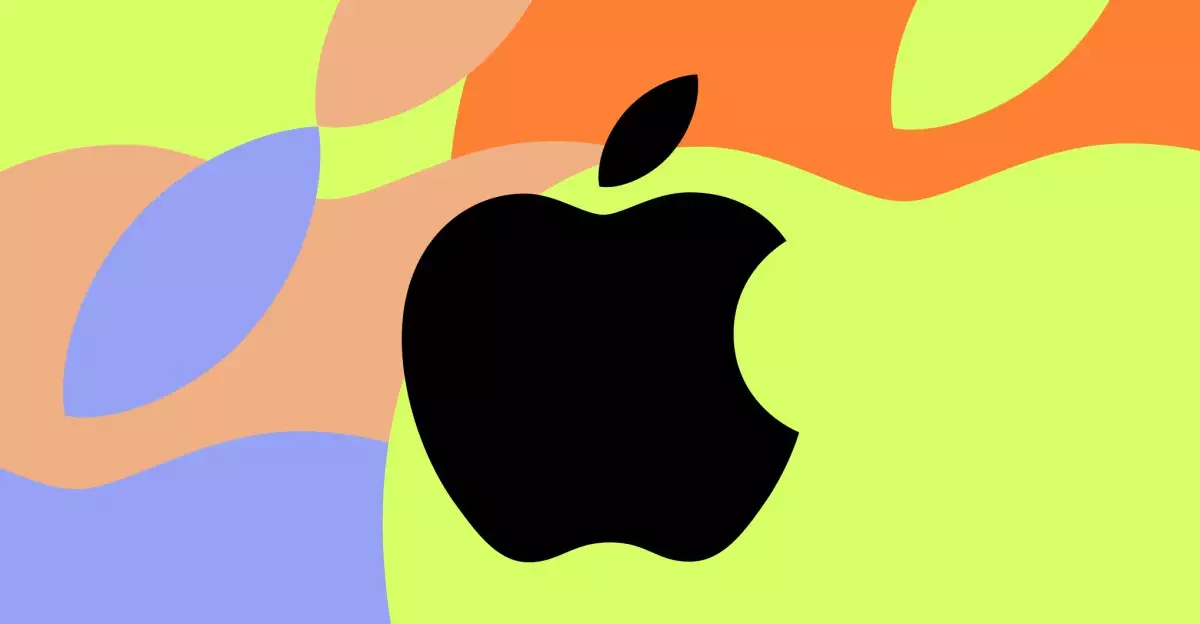As Apple gears up for the release of its M5-powered iPads, the company appears ready to redefine user experience on its tablets through enhanced multitasking and windowing capabilities. This shift, highlighted by industry insiders like Bloomberg’s Mark Gurman, suggests that iPadOS could evolve into something that feels reminiscent of desktop environments, blurring the lines between tablets and personal computers. The anticipated upgrades are not merely cosmetic changes; they signal Apple’s serious commitment to transform iPads into powerful productivity tools.
Building on Previous Iterations
Apple’s journey with iPadOS has been a gradual evolution, fraught with promises that often met with mixed reviews. The introduction of Stage Manager in iPadOS 16 was seen as a hopeful step toward full-fledged windowing capabilities, albeit it was met with disappointment due to its underwhelming execution. The latest updates, including improved window-resizing functions in iPadOS 17, reflect Apple’s attempt to address these shortcomings. However, the core design philosophy remains firmly rooted in the traditional iPad experience, leaving users craving deeper functionality ideal for intensive tasks that rival macOS performance.
The question arises—how far can Apple push these enhancements? Will the improvements be merely incremental, or will they truly edge the iPad closer to becoming a viable alternative to a MacBook? Given Apple’s reputation for premium-quality products, there is a palpable anticipation among professionals who are eager to see a more robust platform at their disposal.
Innovative Multitasking: An Elusive Goal
While the prospect of advanced multitasking holds a tantalizing allure, it also raises skepticism based on Apple’s historical pattern. Tech enthusiasts are keen to see how the forthcoming iPadOS 19 will address current limitations, particularly the continuity between applications and user interface fluidity. Will Apple finally offer a seamless experience that allows for true multitasking, or will it continue to offer features that feel like band-aids on a much larger problem?
The success of the iPad as a productivity tool hinges on these developments. Users have long been waiting for the day when they can confidently switch from a laptop to an iPad without sacrificing performance or usability. If Apple succeeds in its multitasking overhaul, it could indeed pave the way for a new era where tablets hold their ground against laptops.
The Bigger Picture: Market Response and Expectations
Apple’s potential redesign of the iPad experience brings forth more than just a question of features; it revisits broader themes of competition in the tech space. Rival companies have demonstrated how tablets can serve not only as media consumption devices but also as serious productivity workhorses. Should Apple falter in delivering on its ambitious promise, it risks losing its stature in a field that is increasingly crowded with capable alternatives.
The anticipation leading up to the June unveiling provides fertile ground for speculation. Professionals, creatives, and students eagerly await this evolution as it may very well dictate their buying decisions in the not-so-distant future. If Apple can harness the power of its technology and consumer loyalty correctly, the iPad may finally rise to its long-promised potential as more than just a stylish gadget, but rather a true powerhouse of productivity.


Leave a Reply